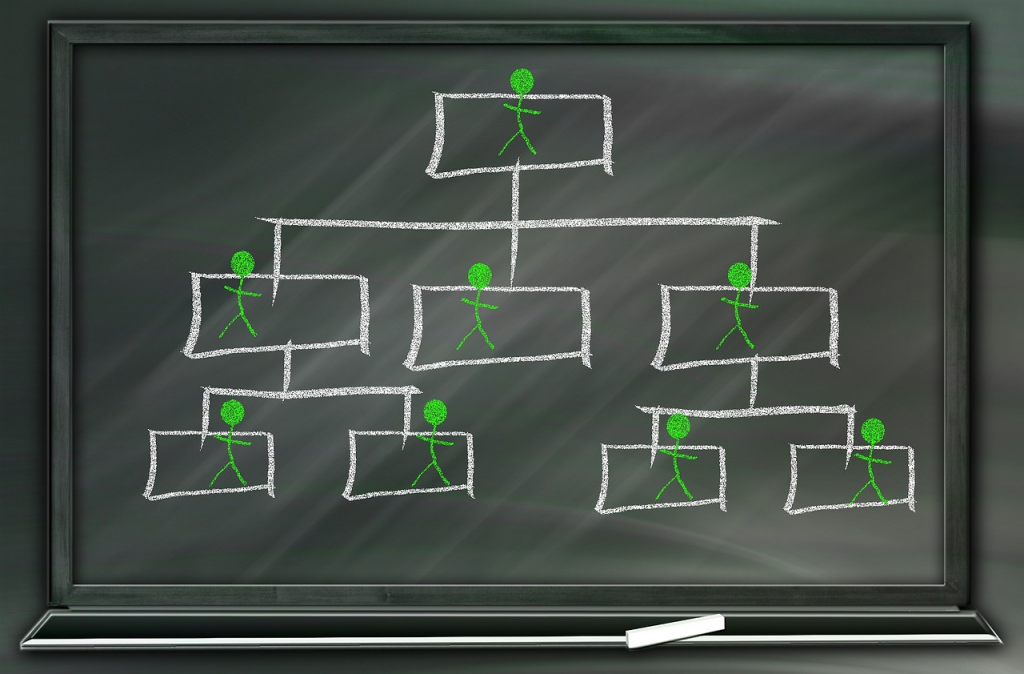Want to know what traps and pitfalls to look out for in the new TOK syllabus? In this post, I’ll show you what to look out for with the new “compulsory” elements of the knowledge framework.
Read More:
- For an overview of the new TOK spec, see The new TOK syllabus at a glance.
- This is the first in a series of blog posts entitled “Traps and loopholes in the new TOK syllabus”. You can access the full list of blog posts in the series here.
One of the key changes in the new TOK syllabus is that the four elements of the knowledge framework (Scope, Perspectives, Methods and tools, Ethics) are now “compulsory”. This means that for every unit in the course (such as the core theme, optional themes, areas of knowledge) you must ensure that you discuss knowledge questions related to all four elements of the knowledge framework. Let’s visualize it like this:
| Element of the knowledge framework | Core theme | Optional theme 1 | Optional theme 2 | Natural Sciences | Human Sciences | Mathematics | History | The Arts |
| Scope | ✓ | ✓ | ✓ | ✓ | ✓ | ✓ | ✓ | ✓ |
| Methods and tools | ✓ | ✓ | ✓ | ✓ | ✓ | ✓ | ✓ | ✓ |
| Perspectives | ✓ | ✓ | ✓ | ✓ | ✓ | ✓ | ✓ | ✓ |
| Ethics | ✓ | ✓ | ✓ | ✓ | ✓ | ✓ | ✓ | ✓ |
One of the traps here, I think, is that teachers may misinterpret this as a requirement to teach the four elements explicitly.
You might have noticed that categorizing knowledge questions under the four elements of the knowledge framework is not an easy task. Sometimes the decision is really tricky. Take for example the following knowledge question from the Guide: Does technology allow knowledge to reside outside of human knowers? The Guide categorizes this question under “scope” in the optional theme “Knowledge and technology”, but I think it can be related to several elements of the knowledge framework:
- Scope (because the scope of the relationship between knowledge and technology depends on whether we think that machines, and not only humans, can have knowledge)
- Perspectives (because there are arguments for and against, and because there are knowledge communities associated with each of the camps)
- Methods and tools (because the question is about what cognitive tools humans have that machines don’t).
The word “compulsory” is scary. Of course, to ensure that we are addressing all four elements in all units in the course, we can teach these four elements one by one. We can say, look kids, now we are starting Natural sciences, and in the first several lessons we’ll do questions related to “Scope”, then we will move over to “Methods and tools”, and so on. But:
- Your kids will ask, Why is this question categorized as Methods and tools and not Scope? And they will be right. Categories are fuzzy, and there is more than one way of looking at them.
- You will end up discussing the same (or similar) knowledge questions two or three times under different headings.
- Your students will be confused.
However, note the following:
- The syllabus has the requirement that questions belonging to all four elements of the knowledge framework are discussed, but there is no requirement to categorize questions explicitly into groups.
- Neither will the students need to categorize knowledge questions in any of their assessed tasks. Knowledge questions will be given to them, and it doesn’t really matter if they realize what category the question comes from. What matters is that they have discussed similar questions in class at some point.
- Theoretically, students don’t even have to know the labels “Scope”, “Methods and tools”, “Perspectives” and “Ethics”. It’s the teacher’s job to ensure that the course includes questions from each of the four groups, but it is not students’ headache to be able to tell the difference.
So here is what I’m going to do:
- I will ensure that the knowledge questions that are discussed in the course come from all four elements of the knowledge framework. I will even try, to the extent possible, to have one question of each type in every lesson. You can see in the book that these knowledge questions appear in the margins. Each of them is labeled with one of the elements of the knowledge framework (for example, #Ethics).
- In a standalone lesson I will teach my students about the knowledge framework and its four elements (one of the lessons in the Introduction is devoted to that).
- After this, I will stop emphasizing the differences between the four elements. They shouldn’t bother about these artificial boundaries. It’s my job, not theirs.
I will teach them key concepts (such as doubt, justification, bias). These concepts will naturally raise knowledge questions that tick all four boxes. I will make sure that they do. But my students won’t have to bother about which question belongs to which box.
Alexey Popov is a teacher of IB Psychology and Theory of Knowledge. He is an IB author, examiner and workshop leader. He also authored Oxford IB Psychology books. He currently lives in Hong Kong.

